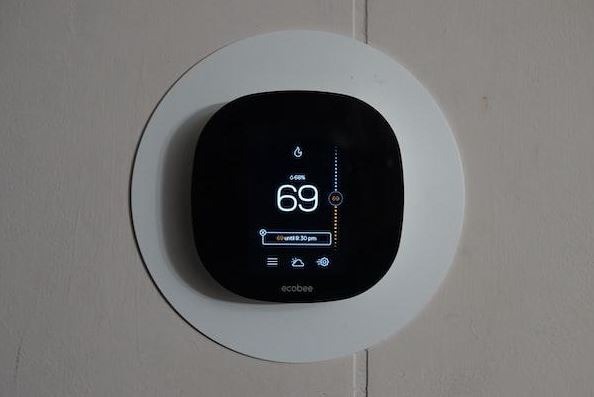An air conditioner is one of the most important pieces of equipment in your home. Not only does it provide you with the comfort of a cool home during the hot summer months, but it also protects the health of your family by filtering out allergens and other particles from the air. For those living in areas with extreme temperatures, an air conditioner can be a lifesaver, allowing you to keep your home and family comfortable year-round. Still, even well-maintained air conditioning units can run into problems from time to time and it’s crucial to know how to address them. If you want to learn more, keep reading to find out what to do when your AC unit is cycling on and off.
What should you do when your AC unit is cycling on and off?
When you have an air conditioner cycling on and off. it’s a sign that something isn’t working as it should. This can be caused by a number of issues, including too small of an AC unit for the space being cooled, inadequate insulation in your home, or a dirty air filter blocking airflow. It could also indicate refrigerant leaks or low levels of the gas used to cool the system. Cycling on and off is not just annoying but can lead to higher energy costs if left unchecked. The good news is that you don’t have to fix the issue on your own, there are professionals who can assist you.
The best thing you can do if you experience this is to have an HVAC technician come out and inspect both internal components such as evaporator coils or condenser fins (which need regular maintenance) as well as external elements like ductwork/insulation around windows & doors (which helps maintain consistent temperatures throughout). The technician will likely diagnose any underlying problems before suggesting solutions – whether those include replacing parts altogether or simply tightening up some screws, so you can use your air conditioner again.
Remember, you need to maintain your air conditioning system properly if you want it to remain in good working order. That means having it inspected by an HVAC professional annually and changing the air filters at least once every three months. Many homeowners opt to change theirs on a monthly basis to ensure peak performance.
How else can you maintain your preferred indoor temperature?
Now that you know what to do when your air conditioner is malfunctioning, let’s discuss some of the others things you can do to ensure you can maintain your preferred indoor temperature. For example, you should think about upgrading to a smart thermostat. A smart thermostat will save you money on your energy bill while making your home more comfortable. Smart thermostats are able to do this by learning your habits and adjusting the temperature accordingly. They can even optimize your usage to be as eco-friendly as possible.
The condition of your home can have a major effect on your indoor environment as well, particularly if there are cracks or crevices in your windows and doors. Cracks and crevices in these features can let in outdoor air, moisture, and even pests. That’s why you should always inspect them regularly for flaws or imperfections. If you notice anything, then you should seal it immediately by using caulk or weatherstripping. If you find severe damage, then you might need to talk to a contractor about professional repair or replacement.
As you can see, it is essential for homeowners to understand the importance of troubleshooting their AC units when it cycles on and off. While it can be tempting to try to resolve these issues on your own, the reality is that you can end up harming your system or hurting yourself. Your best bet is to call a technician so that they can identify the cause of the issue and fix it immediately. Some other things to consider include sealing air leaks and upgrading to a smart thermostat. By following the proper steps, you can prevent more costly repairs and ensure that your HVAC system is in excellent condition for years to come.


